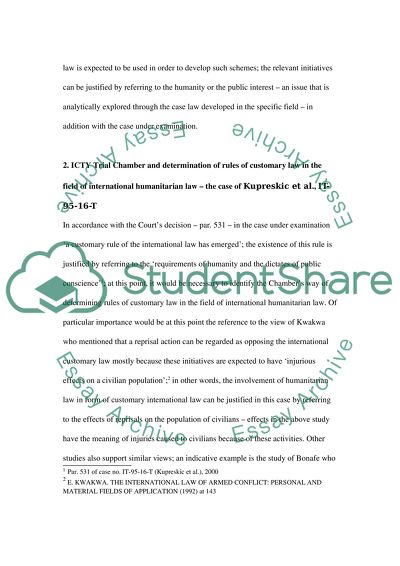Cite this document
(Crimes Against Humanity in International Criminal Law Case Study, n.d.)
Crimes Against Humanity in International Criminal Law Case Study. Retrieved from https://studentshare.org/law/1570440-kupreskic-et-al-trial-chamber-judgment-14-january-2000-case-no-it-95-16-t
Crimes Against Humanity in International Criminal Law Case Study. Retrieved from https://studentshare.org/law/1570440-kupreskic-et-al-trial-chamber-judgment-14-january-2000-case-no-it-95-16-t
(Crimes Against Humanity in International Criminal Law Case Study)
Crimes Against Humanity in International Criminal Law Case Study. https://studentshare.org/law/1570440-kupreskic-et-al-trial-chamber-judgment-14-january-2000-case-no-it-95-16-t.
Crimes Against Humanity in International Criminal Law Case Study. https://studentshare.org/law/1570440-kupreskic-et-al-trial-chamber-judgment-14-january-2000-case-no-it-95-16-t.
“Crimes Against Humanity in International Criminal Law Case Study”. https://studentshare.org/law/1570440-kupreskic-et-al-trial-chamber-judgment-14-january-2000-case-no-it-95-16-t.


